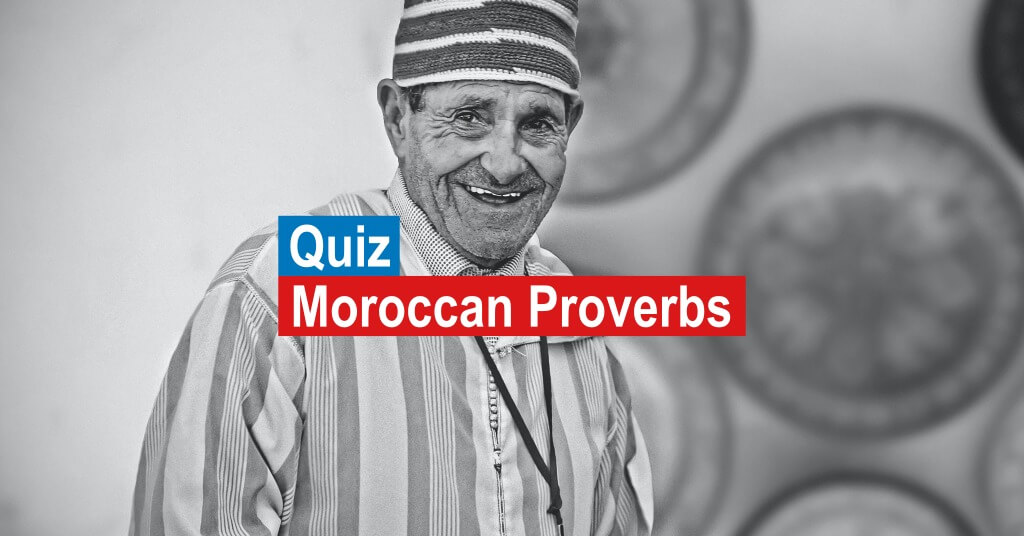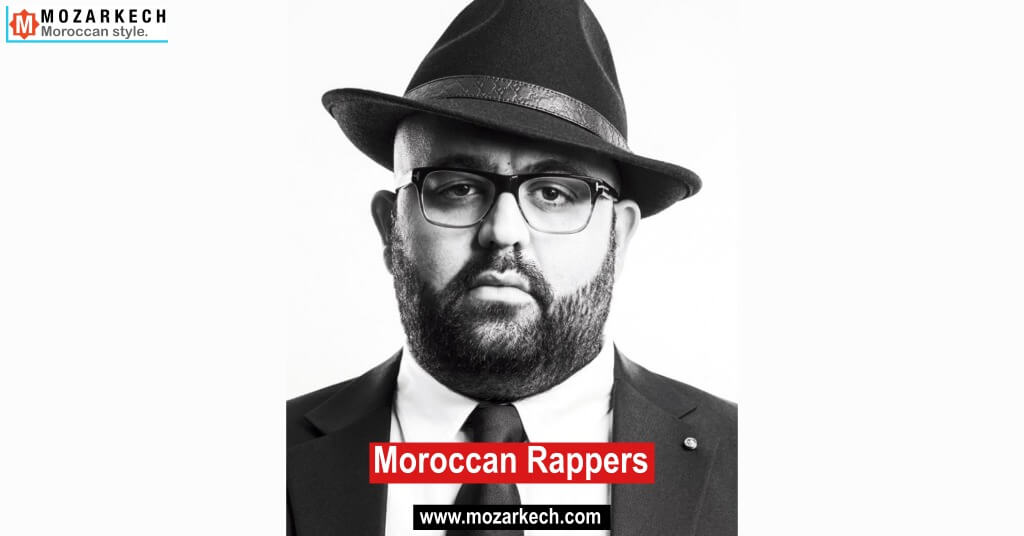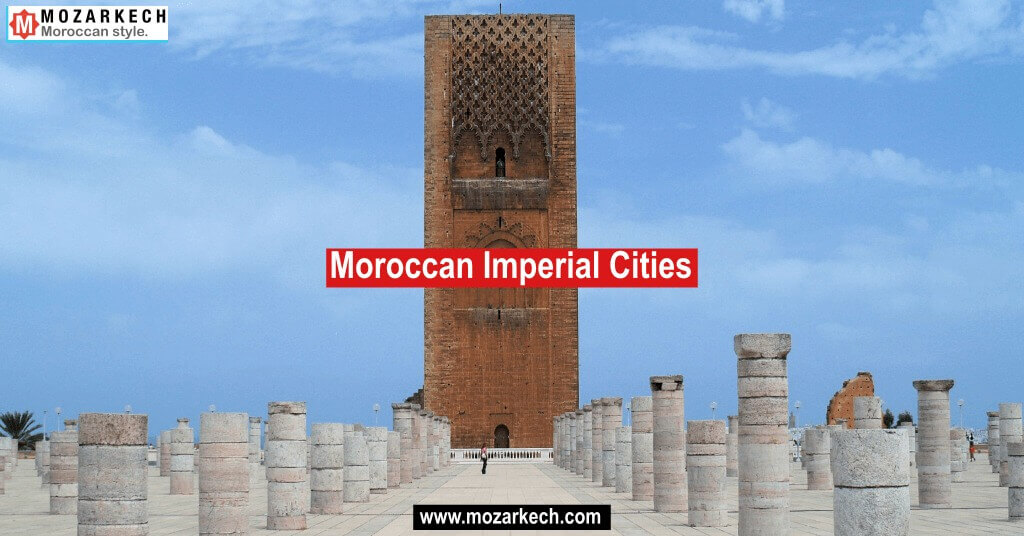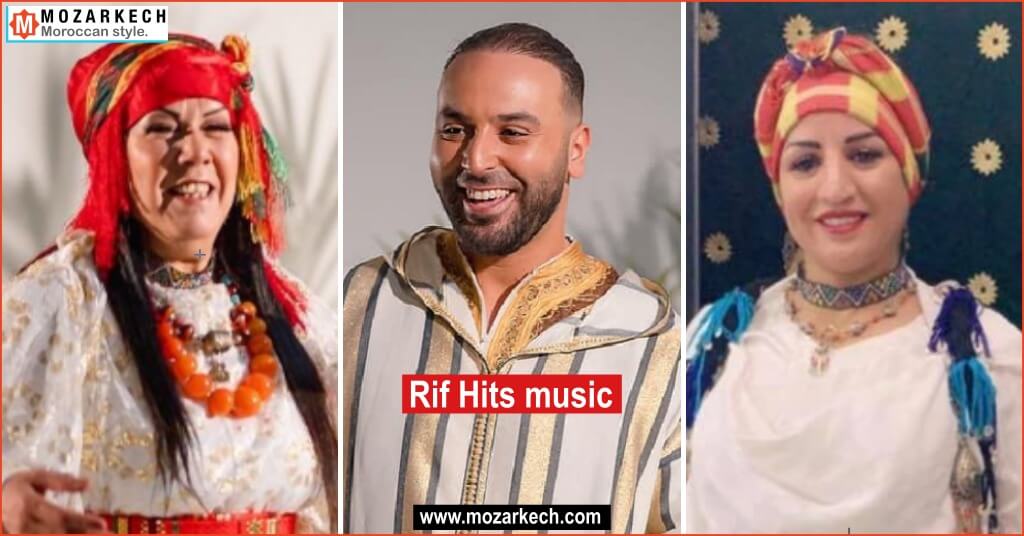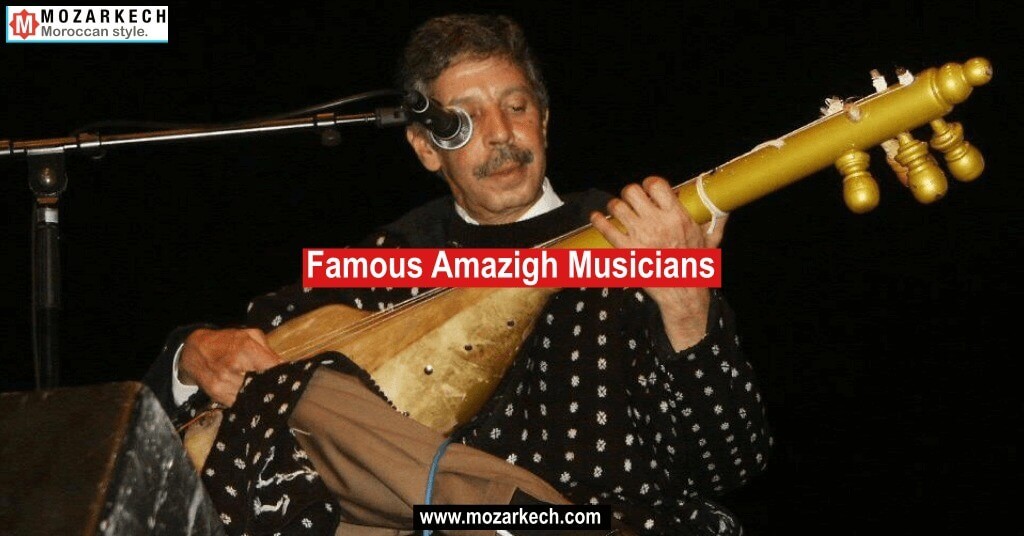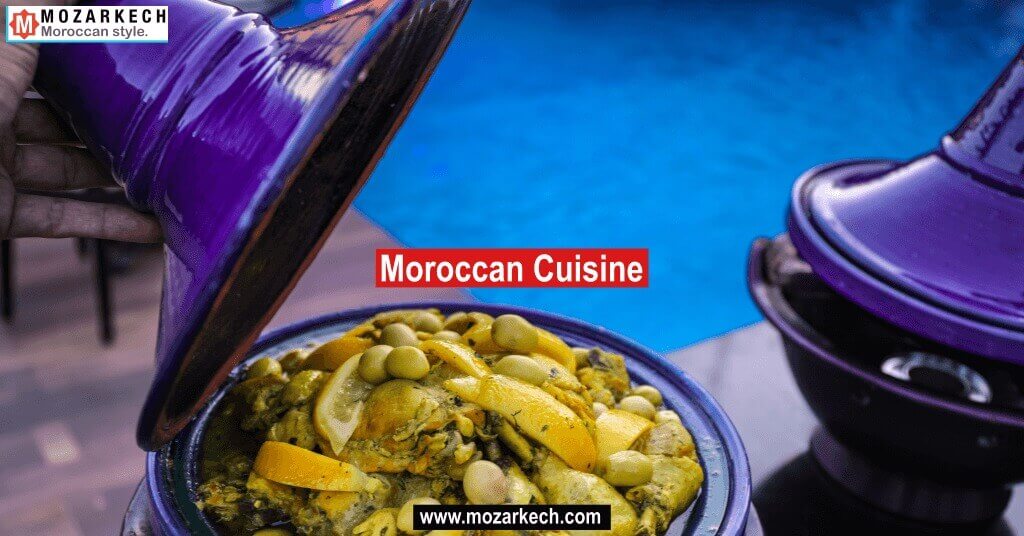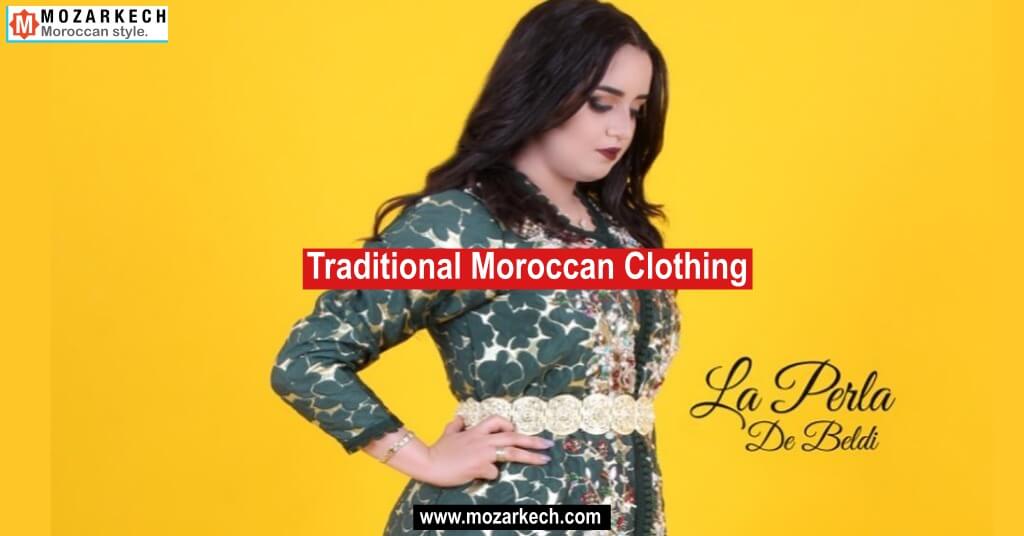
Morocco is one of the rarest countries that up to now its traditional clothes, dating centuries back, is still in use.
Moroccan people, regardless of their social, educational, or tribal background, choose specific clothing pieces for their different occasions; a casual Djellaba for daily life, a chic Caftan for a family gathering or small parties, or a fancy Takshita for wedding parties or fancy occasions along with suitable shoes.
In this article, we will try to dive into centenarian human practices that have prevailed in this special part of North Africa by looking into each piece of traditional clothing that has tuned Moroccan men and women’s life.
Women’s wear
Though living in a rather traditional and somewhat reserved place, women had to be cautious about their outfits, yet without affecting its beauty. A woman’s wardrobe includes so many pieces that we will be pleased to describe in the following
Djellaba
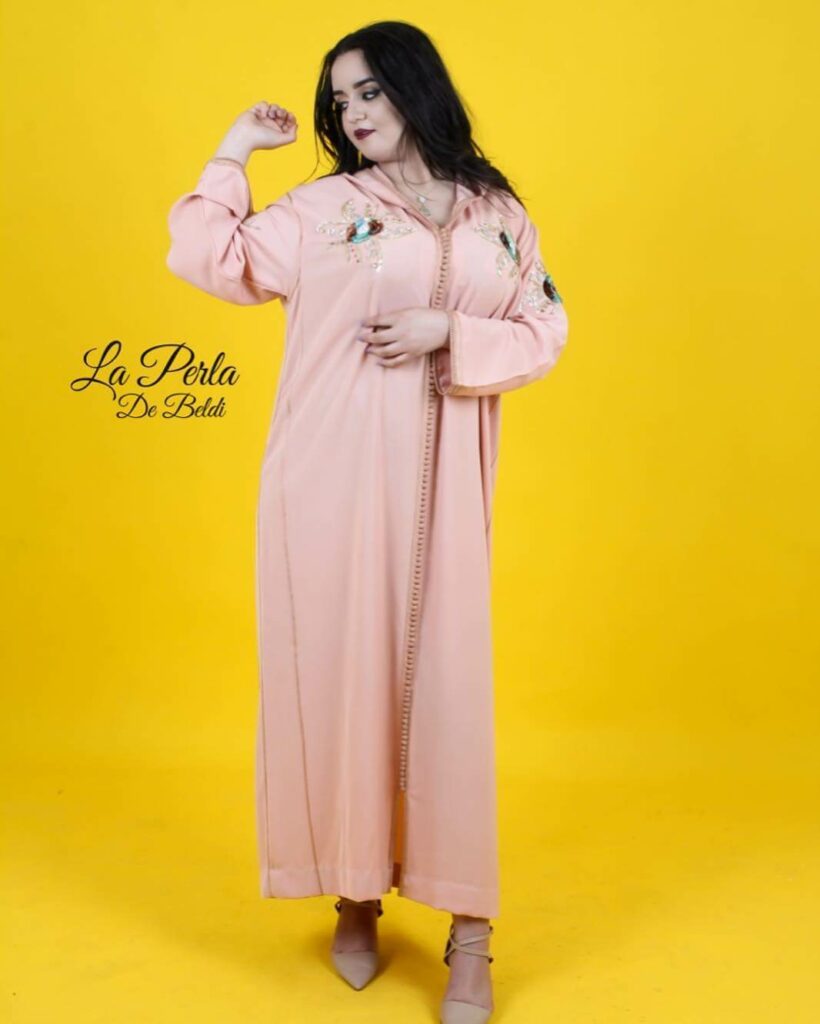
The Djellaba is a dress-like piece, generally long and loose with long sleeves and a hood. It’s the most popular clothing piece for it’s so practical due to its various shapes and designs. It’s a must in every female wardrobe, from a six- years girl, her mom to her mammy.
What’s amazing about it is that it’s so resistant. It has been through multiple historical phases and foreign invaders. However, it lasts and thrives.
There are so many Djellaba styles; we find that casual ones mostly used by housewives for their daily outdoors tasks (shopping in souks, taking children to school…), In addition to a fancy, very chic and soft-fabric-made one worn for a family gathering or limited-number parties.
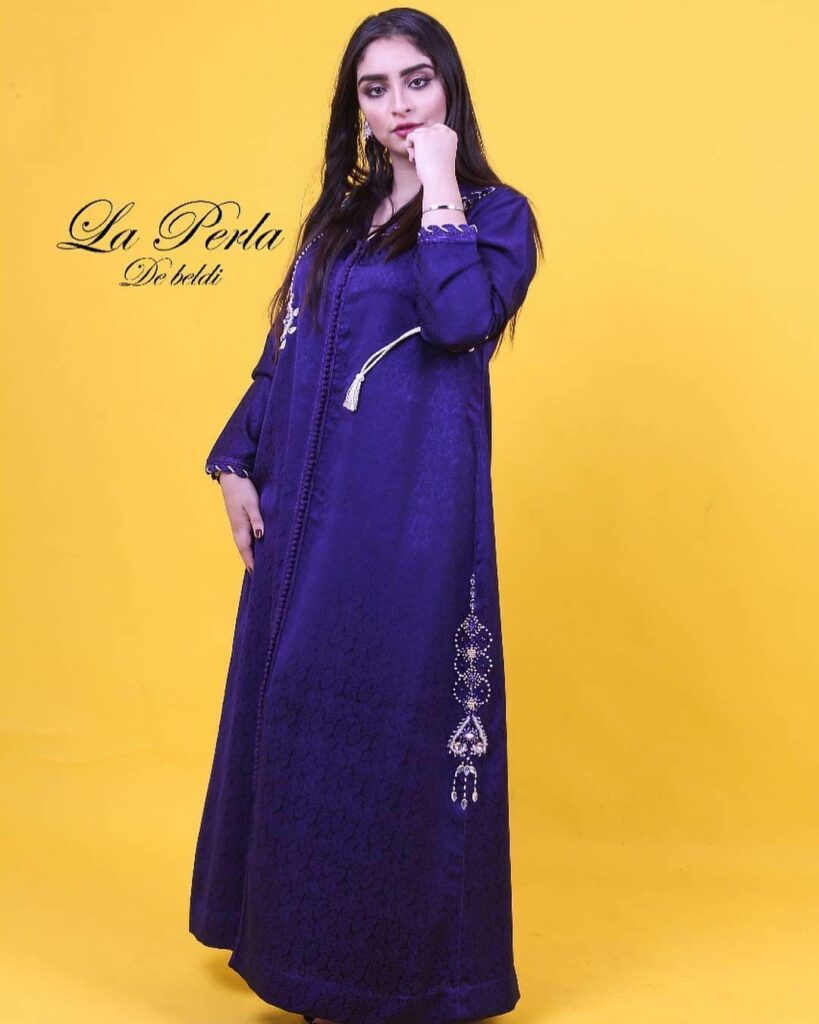
Recently, appeared a sporty Djellaba which women adopted eagerly as it wonderfully matches with snickers and making the daily tasks more comfortable.
Available in tight or loose, long or short cuts, Djellabas remain the most popular and widely put on an outfit, be it by laywomen or by royals in villages or cities. This makes it an iconic national item par excellence
Caftan “Kaftan”
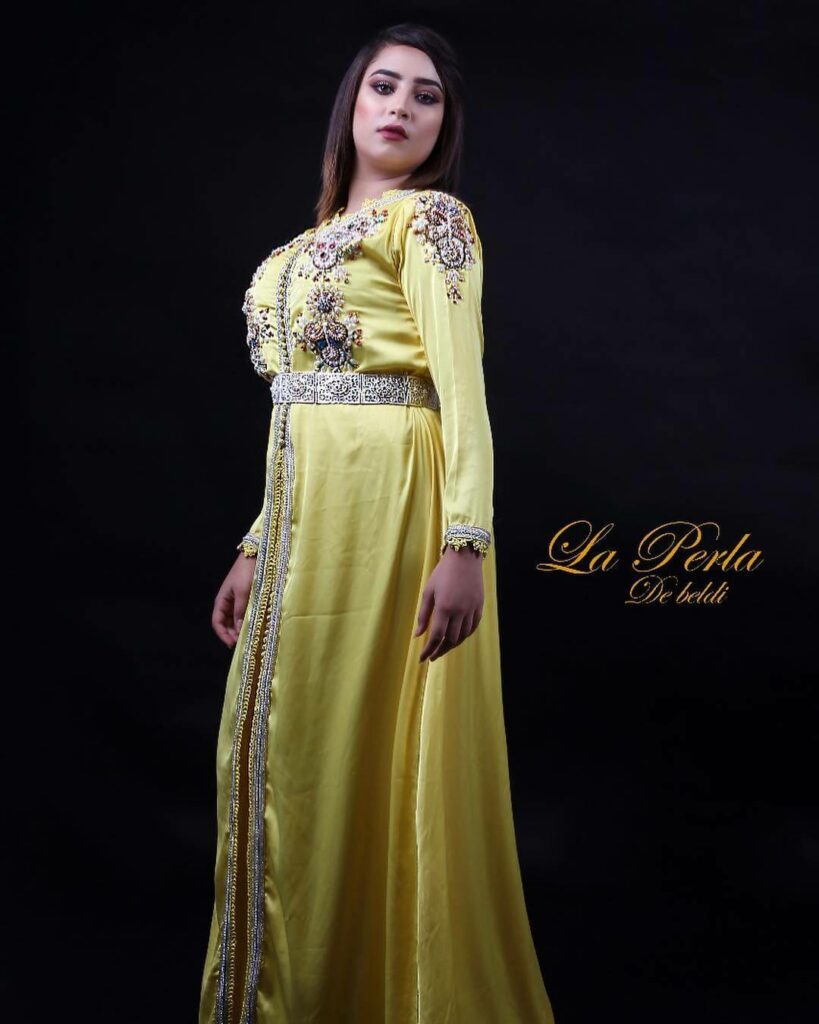
Before the French and the Spanish colonization, caftans used to be the daily indoor outfit for the majority of Moroccan women. When she gets back home, she takes off her Djellaba and puts on her Caftan. Our grandmas used to carry out their never-ending housework and tiring chores with grace.
A Caftan is too one long dress-like piece with long sleeves, a belt but with no hood. This latter is not the only difference. A Caftan is made from finer fabrics and ornamented, edge-fringed, pearled or embellished by various types of local embroidery (Rbbati, Fassi…) sometimes a combination of two. The belt is either made from the same decorated fabric or sometimes it’s a golden or silver one which can match all other Caftans
Among the indoor gowns, we also find a Farasha, literally a butterfly. A Farasha is the feminine of a Gandoura. It’s a long and quite a large short-sleeve item, worn mostly in hot seasons; spring summer and fall.
Takshita
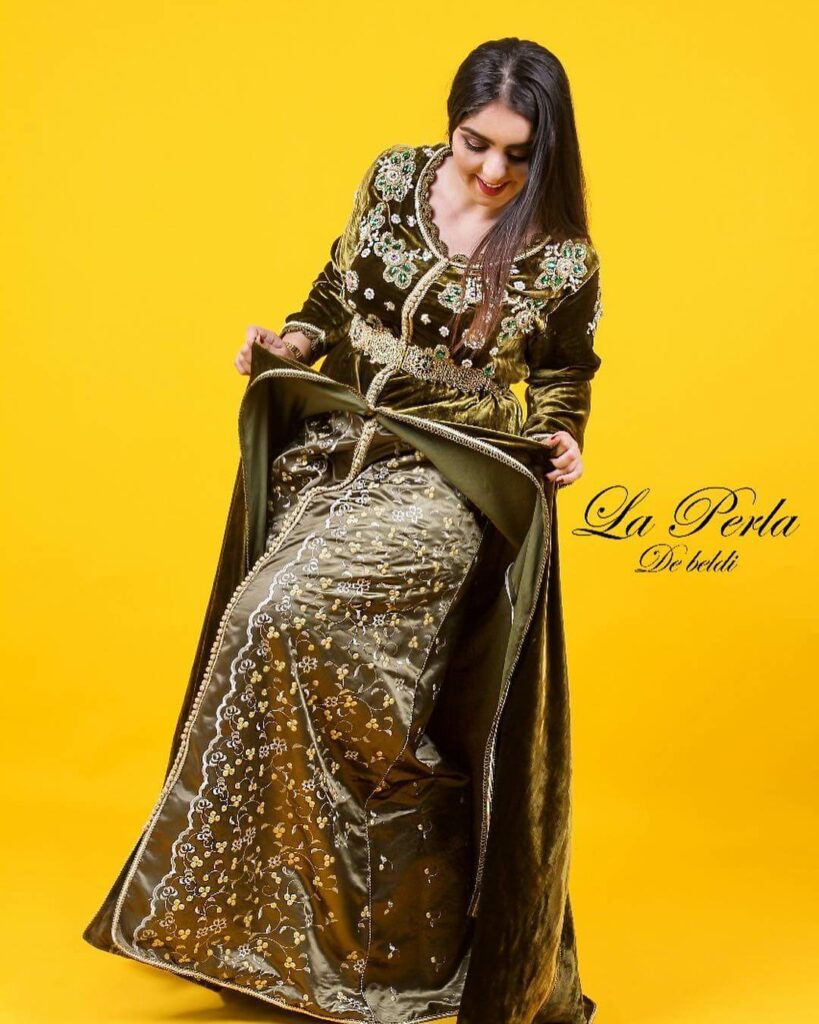
A Takshita is one gown made of two pieces and a belt. It is to wear for big parties and important celebrations. As so it’s made from the finest fabrics and embellished with refined decorations. The belt is too made from the same embellished fabric or, usually, it’s a gold or silver one that matches all other Takshitas.
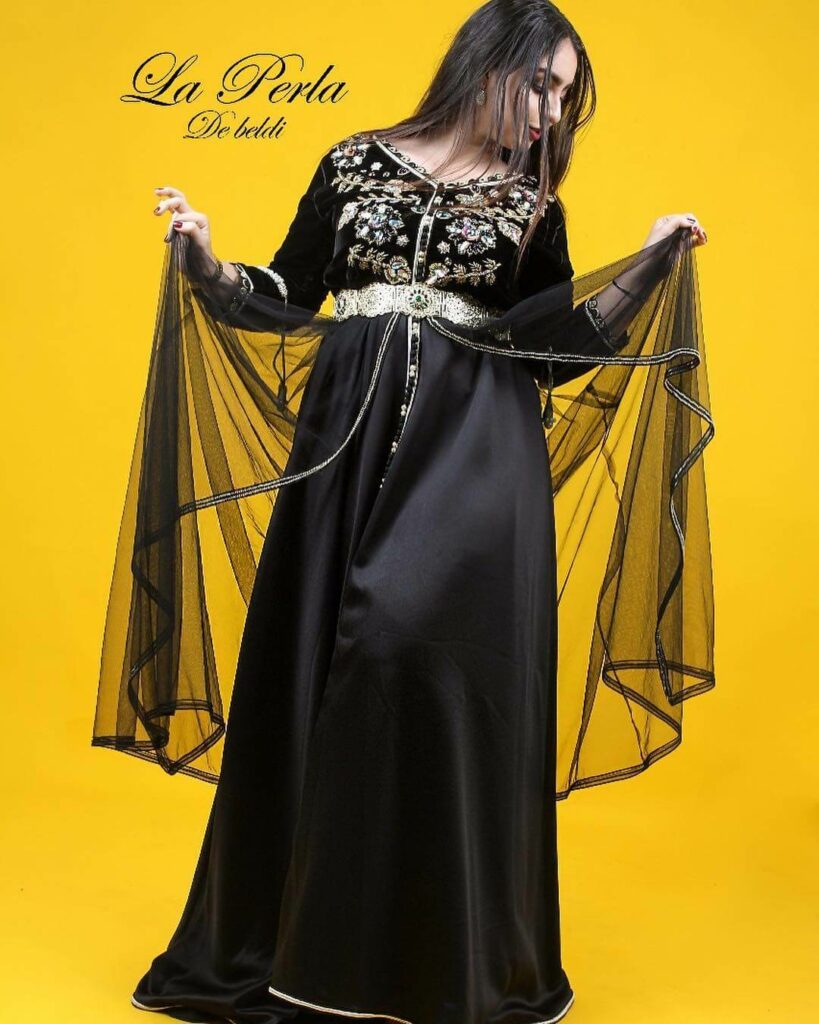
In the past, a Takshita used to be a time-consuming item due to the fact that it was 100 % handmade, Every particular step needs careful decisions and meticulous handling; the choice of the fabric, the colors, the decorations till the selection of a renowned tailor-designer who can guarantee a satisfying result. Thus, it’s generally costly and so it’s kept for decades like a rare pearl far from children’s view or touch. Presently, it’s still costly but rarely 100% handmade. It’s still cherished but rarely kept because of the changeful world of fashion.
Mlehfa
The Moroccan cultural diversity is easily noticeable in terms of clothing and styles. The three aforementioned items are so popular mostly in the North and the middle of the Morrocan kingdom.
Whereas, the South of Morocco is the realm of Mlehfa. The hot climate has it that Mlehfa is an outfit that needs neither a designer nor a decorator as it comes in one roll of fabric, a light soft one suitable for the 45° to 50° heat. It’s a versatile piece worn indoors as well as outdoors, in private as well as public places. The quality of the fabric, the beauty of the colors along with its lifespan decide upon which one is for daily use and which is dedicated for major occasions.
Blouza Wajdia
In the oriental region of Morocco, in addition to Djellaba, Caftan and Takshita there is an amazing piece of clothing exclusive to this area. Its name is BlouzaWajdia.
It’s a long dress with short sleeves, usually belted, sometimes let loose, and used to be meant for indoor daily life.
Now it’s dedicated to celebrations. It’s the primary choice for ladies of Wajda due to their skills and know-how the Blouza has perpetuated and challenged local as well as exterior competitors.
Jabadore
A Jabadore is a two-pieces item; large pants and a blouse-like top. Originally, a Jabadore was man’s wear. Then it was adopted by Moroccan designers to keep up with the Modern lifestyle Moroccan women lead; they wear jeans and suits better have Jabadore.
Many modern women who like to affirm their Morocanity are smart enough to find a more practical style; the top of the Jabadore with black pants or jeans. The top is a jacket-like or blouse-like embroidered or traditionally decorated,
Selham
A Selham is a kind of a large long hooded cloak, very loose.
Before, this prestigious piece was exclusive to men. They wear it outdoor, especially on cold days.
Later, innovative fashionistas transcended the male dominance and included the female to Selham users.
It still the same hooded cloak, yet more beautiful, soft and joyful more ornamented more life. It’s put on as a cape with a Caftan or Takshita while heading to a Gala. It’s so commonly used by brides particularly when coming to or leaving the wedding party.
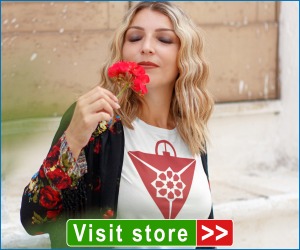
Men’s Wear
Men in Morocco sometimes wear a light-colored Djellabah with a traditional Fez or Tarbush, which is a traditional headdress that is typically red and often has a tassel tied to the back, and a soft yellow Babouche or Balgha, which are heelless leather slippers worn mostly for religious occasions and weddings.
Jellaba
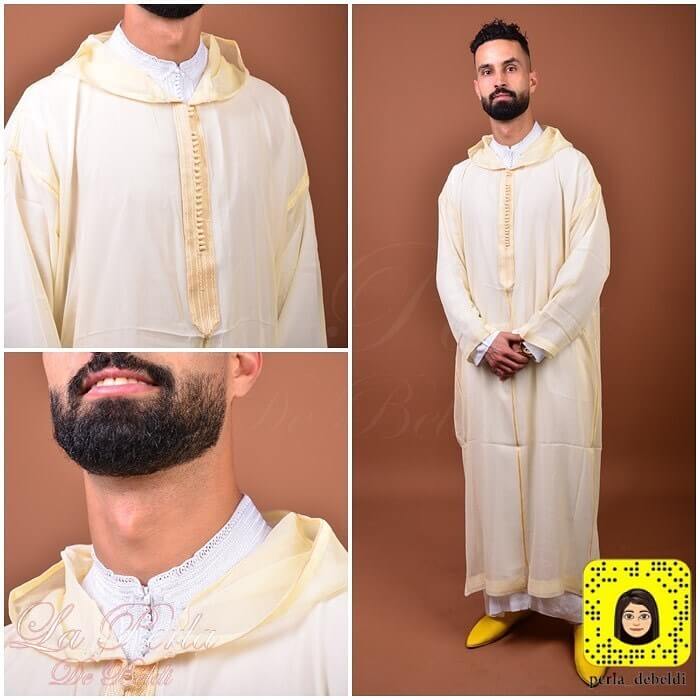
In form, it’s the same as the women’s, a long-sleeved hooded item. The difference lies in the ornament. Men’s Jellaba is made of uni-color fabrics with Sfifa as the only ornament. Sfifa is a long braided ribbon made of silky threads used to decorate Moroccan Traditional clothing, men’s and women’s alike.
There are multiple shapes and ways of Sfifa braids simulating the natural shapes and forms in the surrounding that has inspired the skilled craftmen throughout centuries.
Daraà
Itis a loose-fitting gown with two side openings and a breast pocket. The gown is normally white or blue in color.
Men wear large, loose pants under the Daraa, which are similar to the typical pants worn by men in the northern Moroccan provinces. Seven meters of cloth is used to make the trousers.Sahraoui men put on a black Lithām (a head and face cover).
People have various views of the cover: some say it represents diffidence, while others claim that it is meant to protect the face from fire, sunburns, and the harshness of the climate. The Sahraoui man can wear two white Daraas underneath a blue Daraa on occasion.
Jabadore
Jabadore is one of the beautiful Moroccan traditional clothes. Jabadore is usually made of cotton or lining and consists of a tunic and pant of the same colour.
It is a very comfortable dress to wear, and there are several different types of Jabadoreto choose from, ranging from basic to detailed and elegant.
The jabadore’s tunic or suites all types of clothing and on all occasions, the bridegroom wears it the majority of the time at the ceremony. It is often worn by Moroccan men on religious occasions.
Selham
Selham is a type of clothing that is very wide, long or medium in length, has a cape, and is often decorated with a tassel. The cape has a chest closure. The selham was mostly used as a cold-weather suit.
The selham is a comfortable dress that can be used on a variety of occasions. A selham can be worn over a djellaba, a caftan, or a takchita and is the ultimate example of elegance and luxury.
The selham has evolved over time, both in terms of cut and fabrics (wool, cotton, and silk), as well as stitching, embroidery, trimmings, and colors.
